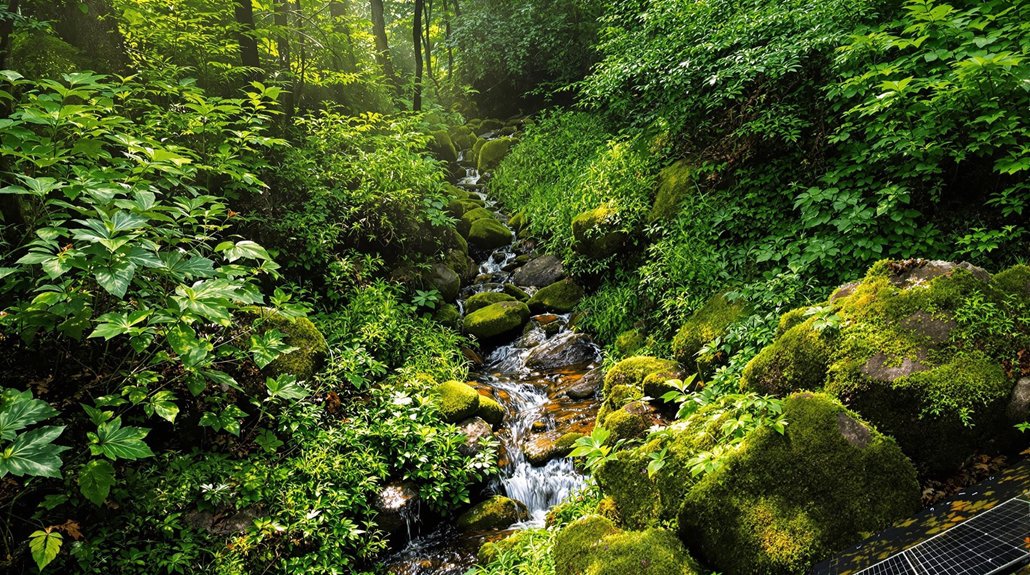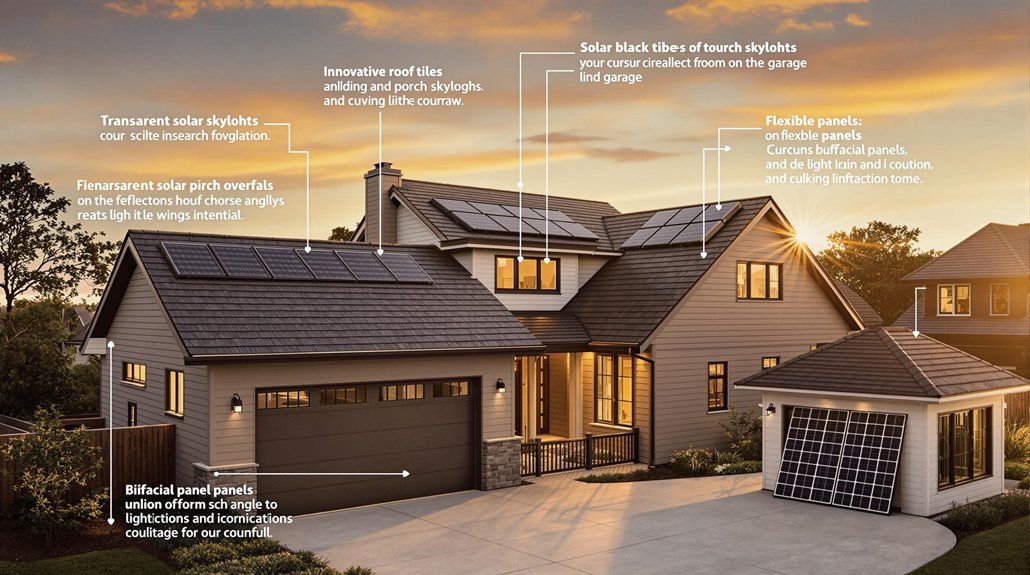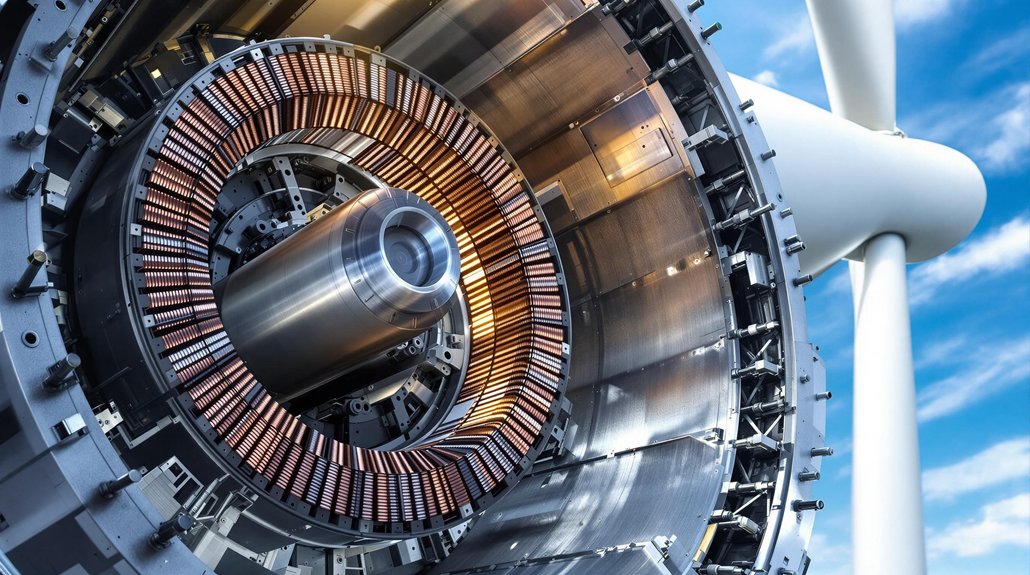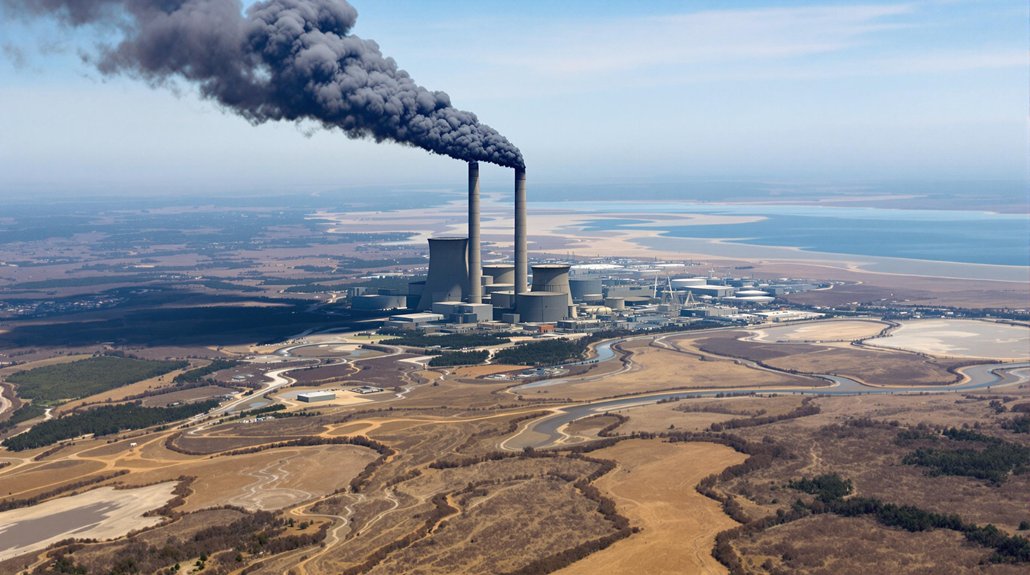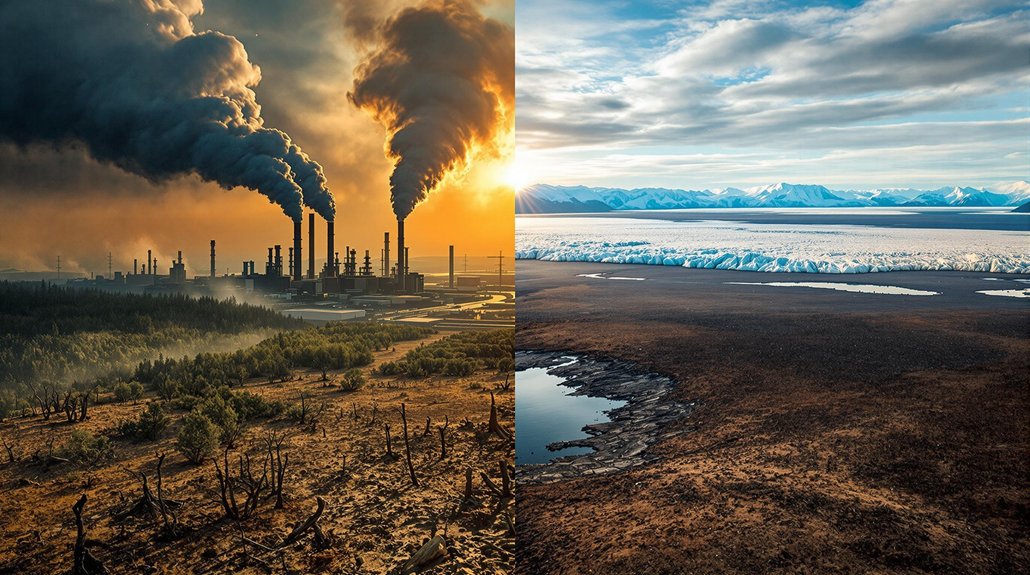Ecosystems combine living organisms and their environment, providing services worth over $125 trillion yearly. They include forests, grasslands, aquatic systems, deserts, and tundras, each containing producers, consumers, and decomposers that maintain energy flow. These systems support biodiversity, with an estimated 8.7 million species worldwide. Human activities like habitat destruction and pollution threaten ecosystem health. Understanding these complex networks reveals how natural systems could inspire sustainable energy solutions.
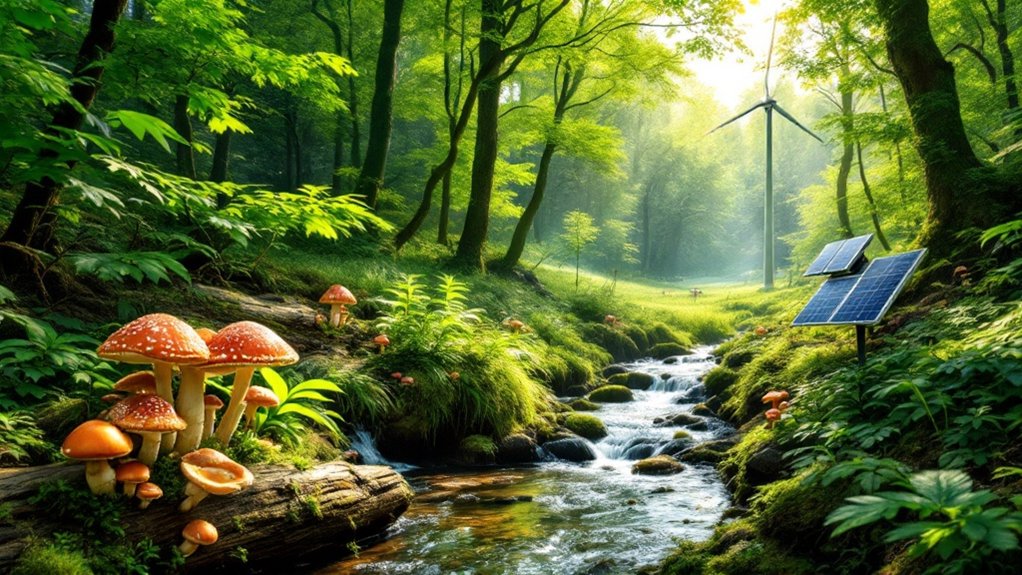
While many people enjoy nature’s beauty, few understand the complex systems that keep it working. These systems, called ecosystems, are communities where living organisms interact with their environment. They consist of biotic components like plants, animals, and microbes, along with abiotic components such as air, water, soil, and sunlight.
Ecosystems work through energy flow and nutrient cycling. Plants, called producers, capture sunlight and convert it to energy. Animals, called consumers, eat plants or other animals to get energy. Decomposers, like fungi and bacteria, break down dead organisms and recycle nutrients back into the soil. This creates a connected network known as a food web.
Earth has many types of ecosystems. Forests cover 31% of land, while grasslands span 40.5%. Aquatic ecosystems make up 71% of Earth’s surface. Deserts account for 33% of land, and tundras cover 10%. Each ecosystem has unique plants and animals adapted to local conditions. Healthy forest ecosystems act as powerful carbon sinks that help mitigate climate change through natural carbon capture processes.
Ecosystems provide valuable services estimated at $125-145 trillion yearly. They supply food, clean water, timber, and fibers. They regulate climate, prevent floods, and filter water. They form soil, cycle nutrients, and support primary production. These diverse ecosystems contribute significantly to human health and wellness through their natural functions and resources. They also offer cultural benefits like recreation and education.
Biodiversity, the variety of life in ecosystems, is essential for stability. Scientists have identified 1.7 million species, but they believe 8.7 million exist. This diversity occurs at genetic, species, and ecosystem levels. Keystone species play an especially important role as they have significant impact on maintaining ecosystem balance and health.
Human activities threaten ecosystems worldwide. Habitat destruction leads to biodiversity loss. Climate change alters ecosystems globally. Pollution affects air, water, and soil. Overexploitation depletes resources faster than they can recover. Invasive species disrupt native ecosystems.
Understanding how ecosystems work is key to developing sustainable energy. By learning from nature’s efficient systems, we can design energy solutions that work with ecosystems instead of against them. This knowledge helps protect biodiversity while meeting human needs.
Frequently Asked Questions
How Do Ecosystems Affect Renewable Energy Infrastructure Placement?
Ecosystems strongly influence where renewable energy infrastructure can be built. Critical habitats, wildlife corridors, and endangered species require protection from development.
Solar farms need 3.5-10 acres per megawatt, while wind farms use more land for spacing. Water availability affects placement of hydropower dams and solar thermal plants.
Climate factors like wind patterns and solar irradiance determine ideal locations for turbines and solar panels.
Can Ecosystem Services Directly Power Energy Production?
Ecosystem services can directly power energy production in several ways.
Microbial fuel cells generate electricity from soil bacteria. Plant-microbial systems produce power from root secretions. Algal bioreactors convert sunlight into biofuels. Biomass from forests and agricultural waste becomes burnable fuel.
These natural processes offer renewable energy sources, though they typically provide less energy than fossil fuels and face scalability challenges for widespread adoption.
What Careers Combine Ecosystem Science With Sustainable Energy?
Several careers combine ecosystem science with sustainable energy.
Environmental scientists study how energy projects impact natural systems.
Sustainability specialists develop strategies to minimize ecosystem disruption from energy production.
Conservation scientists manage resources affected by renewable energy development.
The emerging field of ecosystem engineering designs energy systems that work with nature.
These professionals earn median salaries between $63,750 and $76,530 annually, with positive job growth expected.
How Are Indigenous Knowledge Systems Incorporated Into Ecosystem-Based Energy Planning?
Indigenous knowledge systems are being incorporated into energy planning through several methods.
Companies now use participatory mapping with local communities to identify important areas. Traditional ecological observations help predict environmental impacts. Indigenous advisory boards guide project decisions.
Many energy planners include traditional wisdom about seasonal changes and ecosystem relationships. These approaches lead to better-sited renewable energy projects that respect cultural values while meeting modern energy needs.
Do Ecosystem-Based Approaches Increase or Decrease Energy Costs?
Ecosystem-based approaches typically decrease energy costs in the long run. While initial investments may be higher than traditional methods, maintenance costs are lower over time.
Natural systems like watersheds support hydropower, coastal ecosystems block storms, and trees provide cooling. These approaches are self-renewing and offer additional benefits like carbon storage.
The cost-effectiveness varies by location, with rural areas often seeing greater savings than urban settings.
